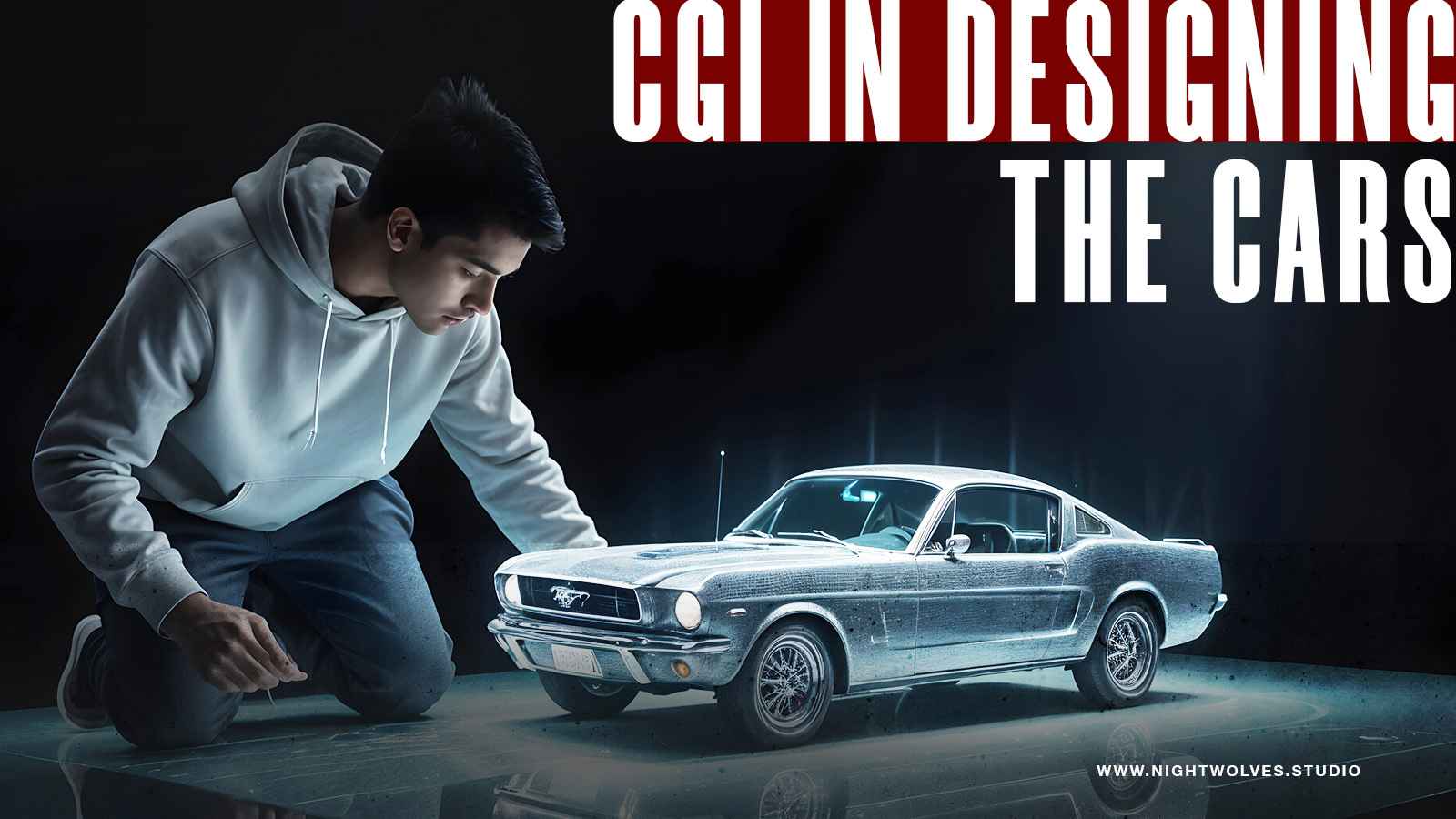Computer-generated imagery (CGI) has become an integral part of the automotive industry, revolutionizing how cars are designed, prototyped, and marketed. As technology continues to advance, CGI is poised to play an even more significant role in shaping the future of car design. This blog post explores the transformative impact of CGI in car design and highlights the key trends and benefits that are driving this evolution.
The Evolution of CGI in Automotive Design
Initially used for conceptual designs and prototypes, CGI has evolved to become a cornerstone of automotive design and marketing. The development of powerful rendering engines, advanced 3D modeling software, and real-time rendering capabilities has enabled designers to create highly realistic and detailed visualizations of vehicles. This technological evolution has opened up new possibilities for creativity, efficiency, and innovation in the automotive industry.
Key Trends in Future Car Design with CGI
1. Real-Time Rendering
Real-time rendering technology, powered by engines like Unreal Engine and Unity, allows designers to create interactive and immersive experiences. This capability is transforming both the design process and consumer interactions:
- Interactive Vehicle Configurators: Customers can customize and visualize cars in real-time, exploring different colors, trims, and features.
- Virtual Showrooms: Potential buyers can explore vehicles in a virtual environment, providing a more engaging and personalized experience.
- Design Reviews: Design teams can collaborate in real-time, making adjustments and visualizing changes instantly.
2. AI Integration
Artificial intelligence (AI) is enhancing CGI technology by automating repetitive tasks and streamlining production processes. Key applications include:
- Automated Design Variations: AI can generate multiple design variations based on set parameters, speeding up the design process.
- Predictive Modeling: AI algorithms can predict how designs will perform in real-world conditions, allowing for early identification of potential issues.
- Enhanced Creative Capabilities: AI-driven tools can assist designers in creating more complex and innovative designs.
3. Augmented Reality (AR) and Virtual Reality (VR)
AR and VR technologies are providing immersive environments for both designers and consumers:
- Virtual Prototyping: Designers can interact with virtual prototypes in a VR environment, gaining a better understanding of the vehicle’s aesthetics and ergonomics.
- AR Showrooms: Customers can visualize cars in their own environment using AR, enhancing the buying experience.
- Immersive Design Reviews: Design teams can conduct virtual design reviews, allowing for more effective collaboration and decision-making.
4. Photorealistic Renderings
Advancements in CGI technology are achieving greater levels of realism, making digital models indistinguishable from real vehicles:
- Material Rendering: Sophisticated algorithms simulate real-world materials with stunning accuracy, enhancing the visual quality of digital models.
- Lighting and Environmental Effects: CGI can accurately replicate lighting conditions and environmental effects, creating lifelike visualizations.
- Enhanced Marketing Materials: Photorealistic renderings are used in marketing materials, providing a more compelling and realistic representation of vehicles.
5. Digital Twin Technology
Digital twin technology involves creating virtual replicas of physical vehicles for testing, simulation, and optimization:
- Virtual Testing: Digital twins allow for extensive testing and simulation, identifying potential issues before physical prototypes are built.
- Real-Time Data Integration: Digital twins can be updated with real-time data from physical vehicles, providing valuable insights for continuous improvement.
- Optimized Production: Manufacturers can simulate assembly processes using digital twins, identifying bottlenecks and optimizing production lines.
Benefits of CGI in Vehicle Design
The integration of CGI in automotive design offers numerous benefits:
- Cost-Effectiveness: CGI reduces the need for multiple physical prototypes, saving time and money.
- Creative Freedom: Designers can explore innovative concepts and create visually stunning designs without the constraints of physical prototyping.
- Enhanced Collaboration: CGI enables real-time collaboration among design teams, improving communication and decision-making.
- Accelerated Development: Virtual prototyping and testing speed up the development process, allowing for faster time-to-market.
- Improved Customer Engagement: Interactive and immersive CGI experiences enhance customer engagement and satisfaction.
Case Studies: CGI in Action
Honda’s “Real View Test Drive”
Honda’s “Real View Test Drive” campaign utilized real-time CGI technology to create an interactive and customizable experience for consumers. This innovative approach significantly boosted engagement and allowed potential buyers to explore the new Honda E electric car from anywhere.
Audi’s “Duel”
Audi’s “Duel” commercial showcased the brand’s vehicles in an epic parkour chase through a city, seamlessly integrating CGI cars with live-action footage. The use of VFX and CGI allowed for dynamic and visually stunning storytelling.
Conclusion
CGI is transforming the automotive industry, offering unprecedented creative possibilities and efficiency in vehicle design and marketing. As technology continues to advance, the role of CGI in designing the cars of the future will only grow, enabling automotive brands to create more innovative, immersive, and engaging experiences for both designers and consumers.
By embracing CGI technology, the automotive industry can push the boundaries of design, streamline production processes, and enhance customer engagement, ultimately driving the future of CGI in car design forward.
Explore More CGI Trends
- Role of CGI in Future Car Design
- Learn How CGI Transforms Automobile Design and Prototyping
- The Impact of CGI on Modern Automotive ad Campaigns
People Also Ask
Q: What role does AI play in automotive CGI?
Answer: AI streamlines the CGI workflow by automating design variations, predicting performance outcomes, and enhancing creative possibilities. It enables more efficient production pipelines and supports predictive modeling for smarter, data-driven design decisions.
Q: What is real-time rendering in automotive CGI?
Answer: Real-time rendering allows designers and consumers to interact with 3D car models instantly. This includes vehicle configurators and virtual showrooms powered by engines like Unreal and Unity, enhancing customization and improving the car-buying experience.
Q: What is digital twin technology in the auto industry?
Answer: Digital twin technology creates a virtual replica of a physical vehicle. It’s used for real-time testing, simulation, and optimization during design and production. Digital twins improve efficiency, reduce costs, and support continuous improvements by integrating real-world performance data.

